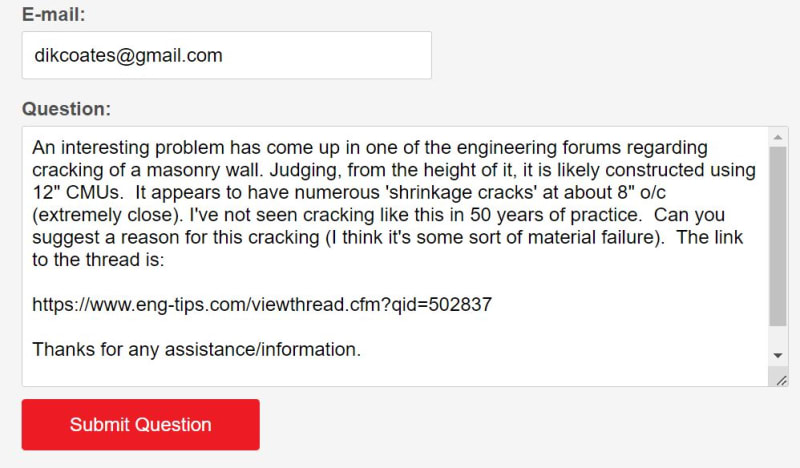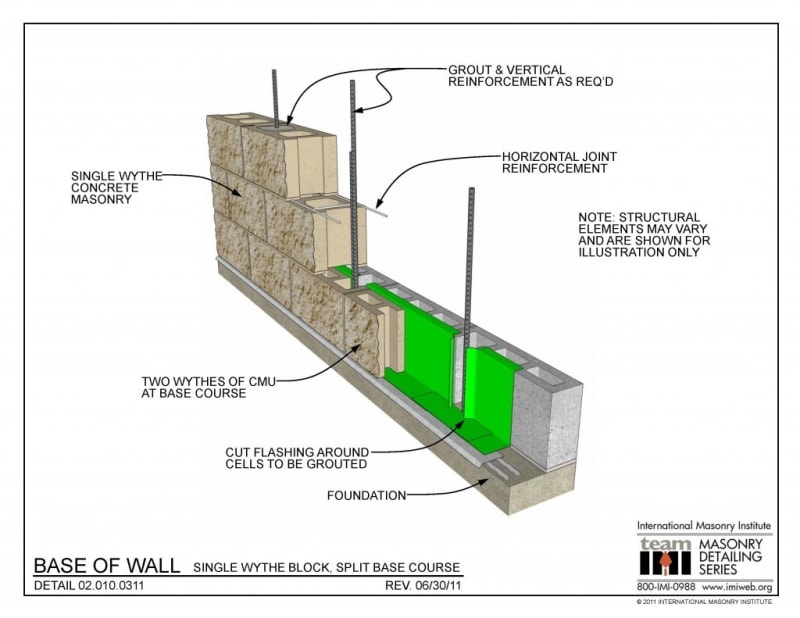JoelTXCive
Civil/Environmental
- Jul 24, 2016
- 919
I was out running errands this afternoon and went to the Office Depot near my home.
While walking across the parking lot, I noticed the condition of the CMU wall. See below.......the entire wall is cracked. At first I though it was an architectural treatment of some sort or split faced CMU, but I don't think it is.
It appears to me that the entire wall is cracked. I think the age is about20 (edited) 30 years.
Do you think this is CMU material failure of some sort? It doesn't look like a foundation issue to me. It seems like a CMU block problem.
What do you think? I've never seen an entire wall cracked like this.
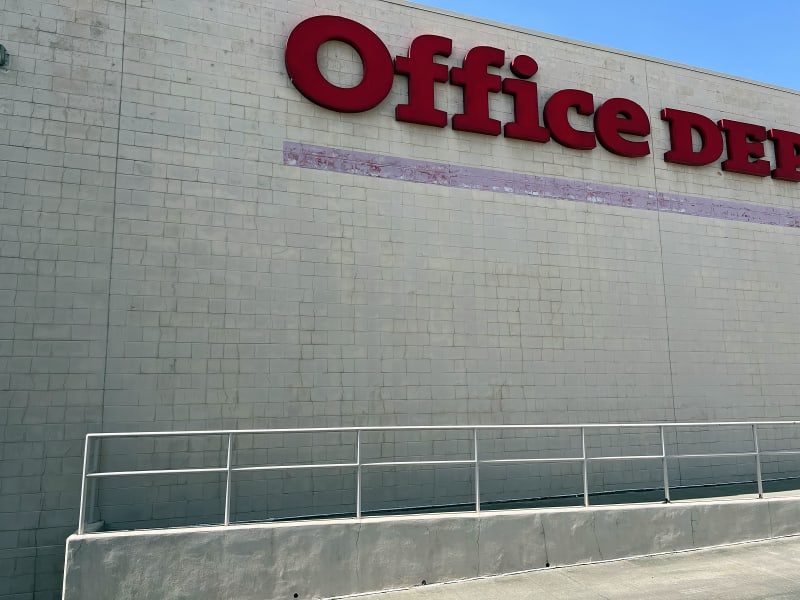
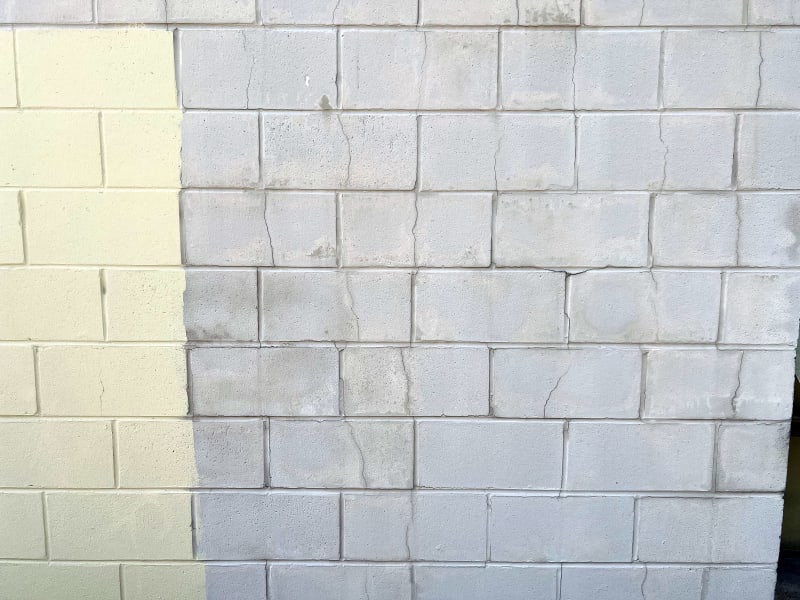
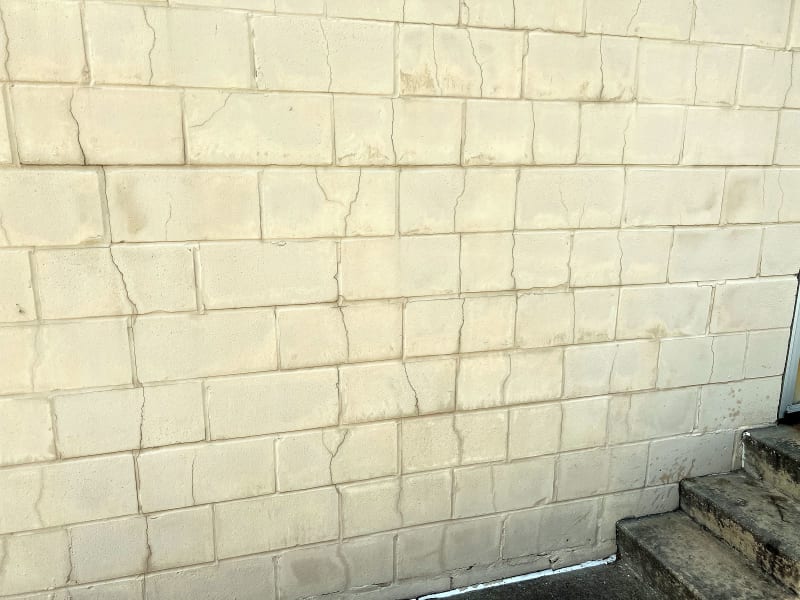
While walking across the parking lot, I noticed the condition of the CMU wall. See below.......the entire wall is cracked. At first I though it was an architectural treatment of some sort or split faced CMU, but I don't think it is.
It appears to me that the entire wall is cracked. I think the age is about
Do you think this is CMU material failure of some sort? It doesn't look like a foundation issue to me. It seems like a CMU block problem.
What do you think? I've never seen an entire wall cracked like this.




